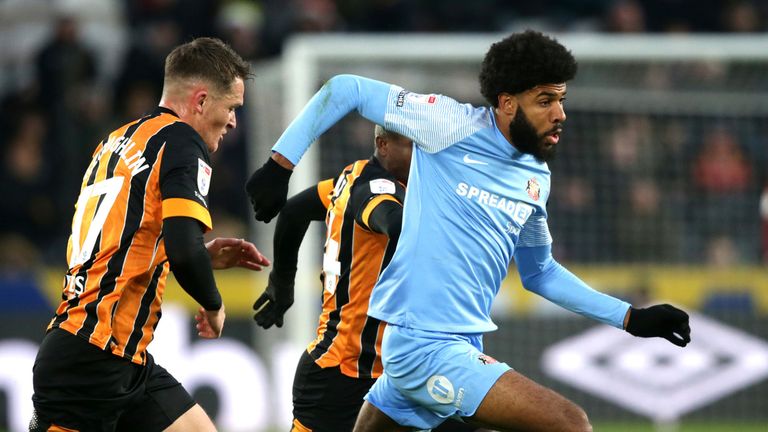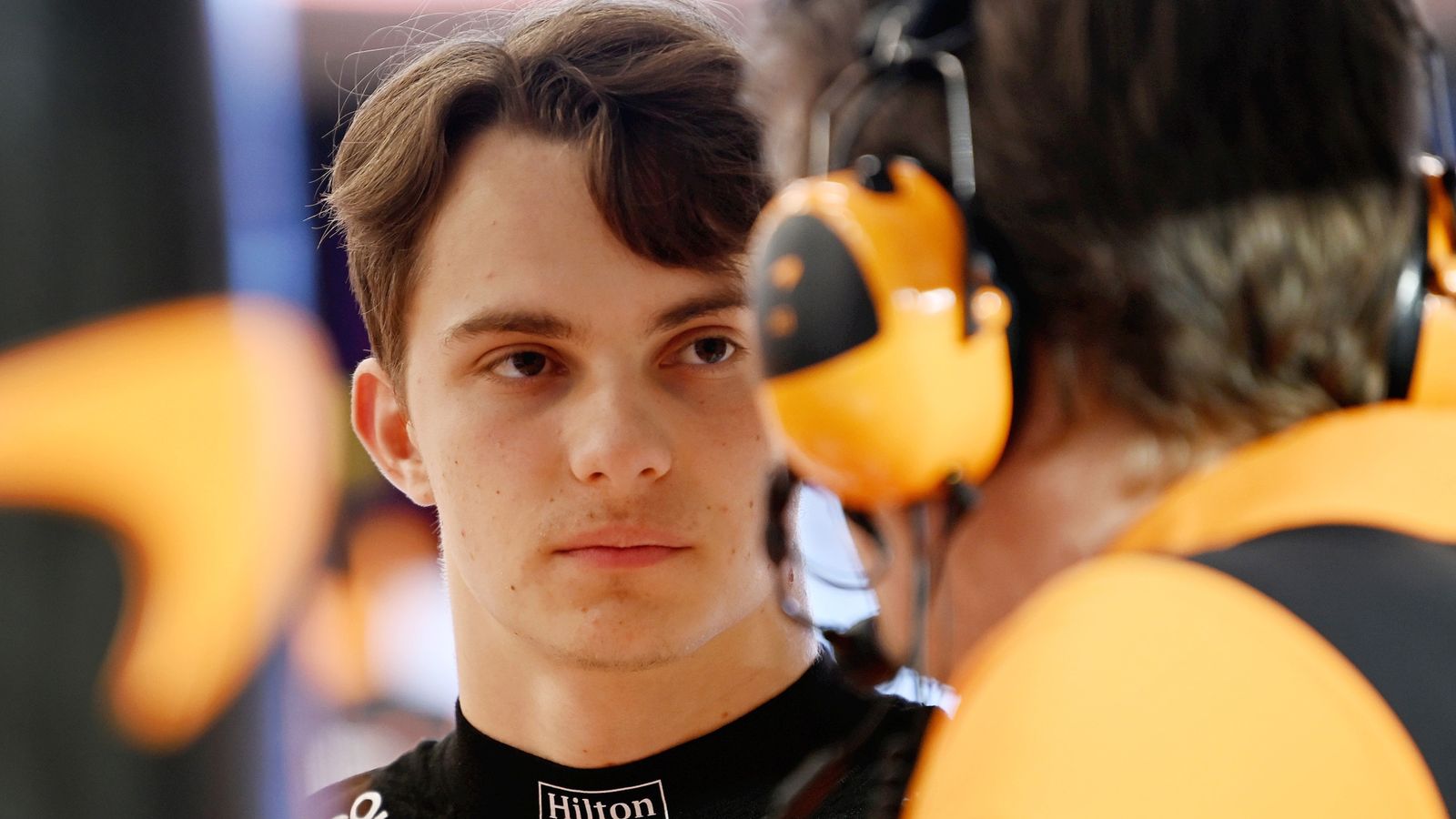NFL rookie QB grades 2021: Mac Jones sets standard; Trevor Lawrence, Zach Wilson struggle in first seasons
Pencils down.
The five first-round picks in the 2021 NFL Draft quarterback class had a rough go of it in 2021, with different degrees of bad-ness. There’s little debate that Mac Jones was the league’s best rookie passer, but who followed him might surprise you.
But before we get into the nitty-gritty of QB grades though, a few things on rookie quarterbacks:
The NFL is hard, man. Playing quarterback is hard. The Joe Burrows and Justin Herberts of the league are few and far between, and it’s important to remember that progress isn’t linear. No two rookies will perform the same over a 17-game season.
When evaluating quarterbacks — rookie or vet — the most important thing to keep in mind is context. No two situations are alike, and most of the time, legitimate reasons for sub-par performance are labeled as excuses. Knowing which is “reason” and which is “excuse” is the key.
So, putting a wrap and a cap on the 2021 rookie class — and omitting a few (sorry, Ian Book) — here’s the final report card on the neophyte passers:
MORE: Ranking the NFL’s open head coaching jobs from best to worst
NFL rookie QB grades for 2021
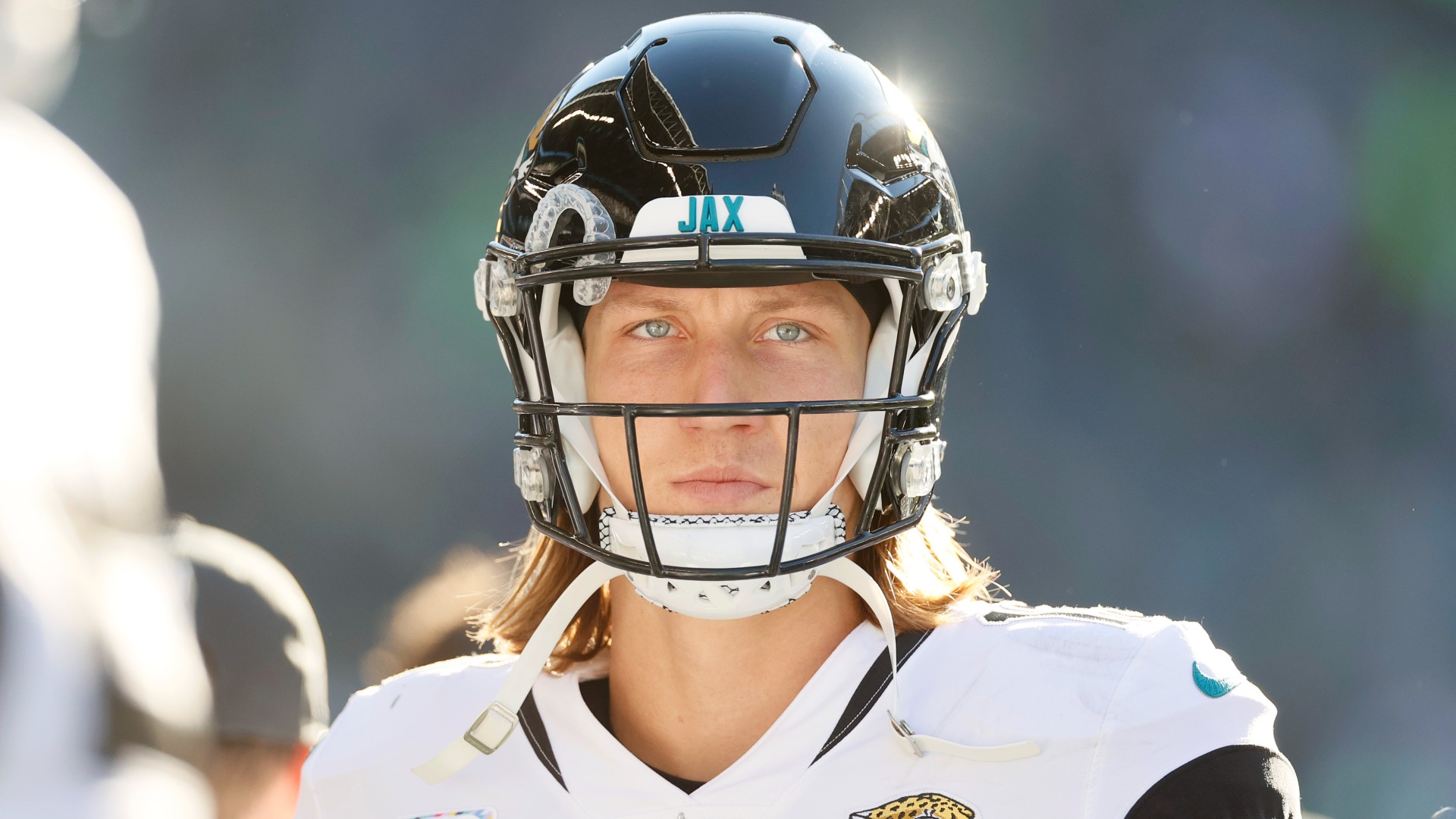
Trevor Lawrence: C-
Stats: 17 games (17 starts), 3,641 yards, 12 touchdowns, 22 turnovers (17 interceptions, five fumbles lost), 214.2 yards per game, 71.9 passer rating. 334 rushing yards, two touchdowns.
What was good
Lawrence played pretty fearless, which is expected of the No. 1 overall pick and a guy coming into the league with franchise messiah expectations. That fearlessness turned into a lot of turnovers.
But, to turn it back positive, Lawrence never got gun-shy, and that’s something to build on — learning what you can and can’t get away with in the league is something that’s important for rookies to learn in practice and when the rounds are live. He’s going to have to figure out what’s what next season.
What was bad
Between Weeks 9 and 18, Lawrence threw just four touchdowns over 10 games, with two of those TDs coming in the final game of the season vs. the Colts. Over the same span, he turned the ball over 10 times — eight touchdowns and two fumbles lost. That seems just about impossible to do, especially so after the ousting of Urban Meyer.
Lawrence had a propensity of holding onto the ball a bit long, too. That’s probably a product of the skill position cast more than him, and that’s something that will likely work itself out over another full NFL offseason.
What’s next
The Jags QB finished the 2021 season with a solid performance to keep the Colts out of the postseason, but the next head coach for Jacksonville is going to have to build on that — and completely rebuild the organization from the field level up.
Lawrence is still a moldable ball of clay, but he showed enough polish as a passer in 2021 to encourage prospective head coaches to push his rookie year aside and start from Square 1.
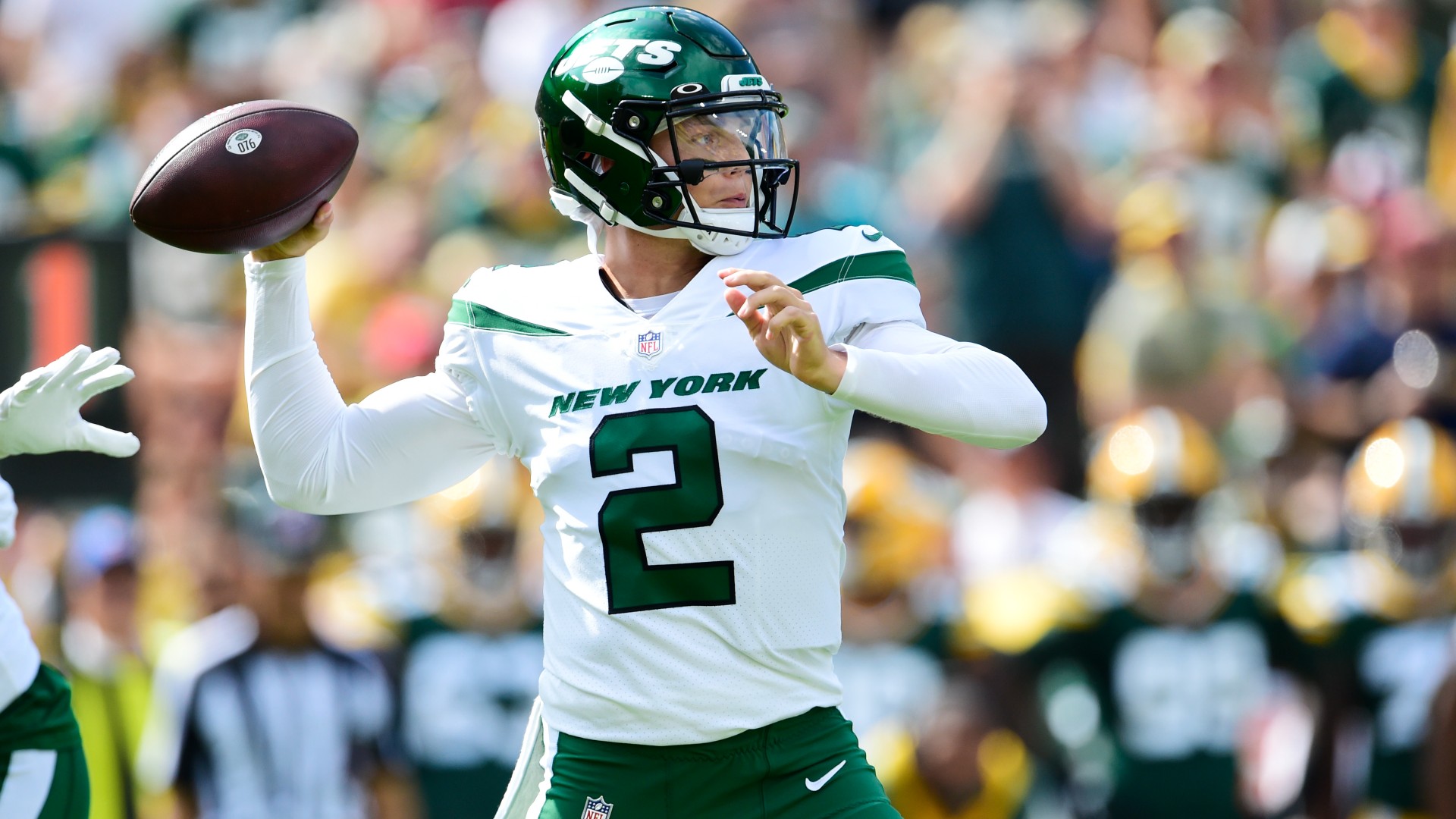
Zach Wilson: C-
Stats: 13 games (13 starts), 2,334 yards, nine touchdowns, 12 turnovers (11 interceptions, one fumble), 179.5 yards per game, 69.7 passer rating. 184 rushing yards, four touchdowns.
What was good
As the saying goes, it’s not how you start, but how you finish: Wilson’s final seven games of the season (after returning from injury) resulted in some of his best performances of his rookie year.
Wilson accounted for nine touchdowns (five passing, four rushing) and turned the ball over three times in those games (two interceptions, one fumble lost); Over the last five games, he threw no interceptions. That’s a drastic difference from his pre-knee injury self, when he threw four touchdowns to nine interceptions.
Over the final stretch of you season, you can see what made Wilson the No. 2 overall pick: He’s got a strong arm, was more open to using his legs and was figuring out how to play in structure, something that head coach Robert Saleh made a point of emphasis early in the season.
What was bad
Uh, what wasn’t?
By pretty much every measure and metric, Wilson was the worst rookie QB by pure stats in 2021. Results-based analysis is seldom helpful, but you also shouldn’t ignore the outcome or the final line.
At times, especially early in the season, Wilson looked lost and played without confidence. That led to serious accuracy issues in the short game, something that’s a staple of the Jets’ offense.
Much like the other QBs listed here (not named Mac Jones), Wilson had to deal with a lot of turmoil surrounding him: He was without a healthy complement of his skill position group for chunks of the season, he suffered a knee injury that sidelined him several weeks and played behind a patchwork offensive line in the final game of the season.
Through all that, Wilson had some of those “Wow” plays throughout the 2021 season and flashed the potential to remind people why he was a top prospect in the draft. A lot of Wilson’s learning curve in 2021 surrounded playing within the Mike LaFleur-led offense, which is something that he learned to do as the season progressed.
What’s next
While the numbers won’t jump out at you, Wilson performed well enough down the stretch in a tough environment to give fans a little taste of what they can expect in Year 2 — if he can keep building on his solid finish.
Some offensive continuity, an offensive coordinator that seems like he’s building a good scheme and an offseason for Joe Douglas to open up the wallet and build on a very good draft class should make good on the Jets’ promise to Wilson that the organization will lift him, not the other way around.

Justin Fields: C
Stats: 12 games (10 starts), 1,870 yards, seven touchdowns, 15 turnovers (10 interceptions, five fumbles), 155.8 yards per game, 73.2 passer rating. 420 rushing yards, two touchdowns.
What was good
Fields could be the draft’s best deep thrower when it’s all said and done. On deep (20-plus yard) throws, he threw two touchdowns to four interceptions (not great) but his 16 big-time throws (per PFF) ranked as the best of all the rookies. That’s very encouraging.
Also encouraging is Fields’ explosive athleticism. Fields’ 367 scramble yards ranked best among the rookie passers, and his 420 rushing yards paced the class.
It’s easy to see all the traits that made Fields a first-round pick, and why there people banging the drum for the passer to be the No. 2 prospect behind Lawrence.
What was bad
Truth be told, it’s difficult to nitpick Fields’ 2021 season given the tumult surrounding him: Questions surrounding Matt Nagy’s job security, a pretty poor skill position cast, a bad offensive line and an offensive scheme did him no favors.
That all said, it was an incredibly uneven year for Fields. While the critiques of his processing were highly overstated, that was something that was apparent for him in 2021, especially in the short and quick game.
Injuries also hampered Fields quite a bit: He dealt with rib and ankle injuries that kept him out for a few games.
What’s next
So much of Justin Fields’ lack of success in 2021 has to do with the coaching staff. The open Bears jobs are especially enticing because of Fields’ talents.
In all, Fields wasn’t great, he wasn’t terrible, and his rookie season was mired in a quarterback carousel, injuries and a head coach who didn’t do much to change his scheme to accentuate his talents. He’ll be better in 2022.
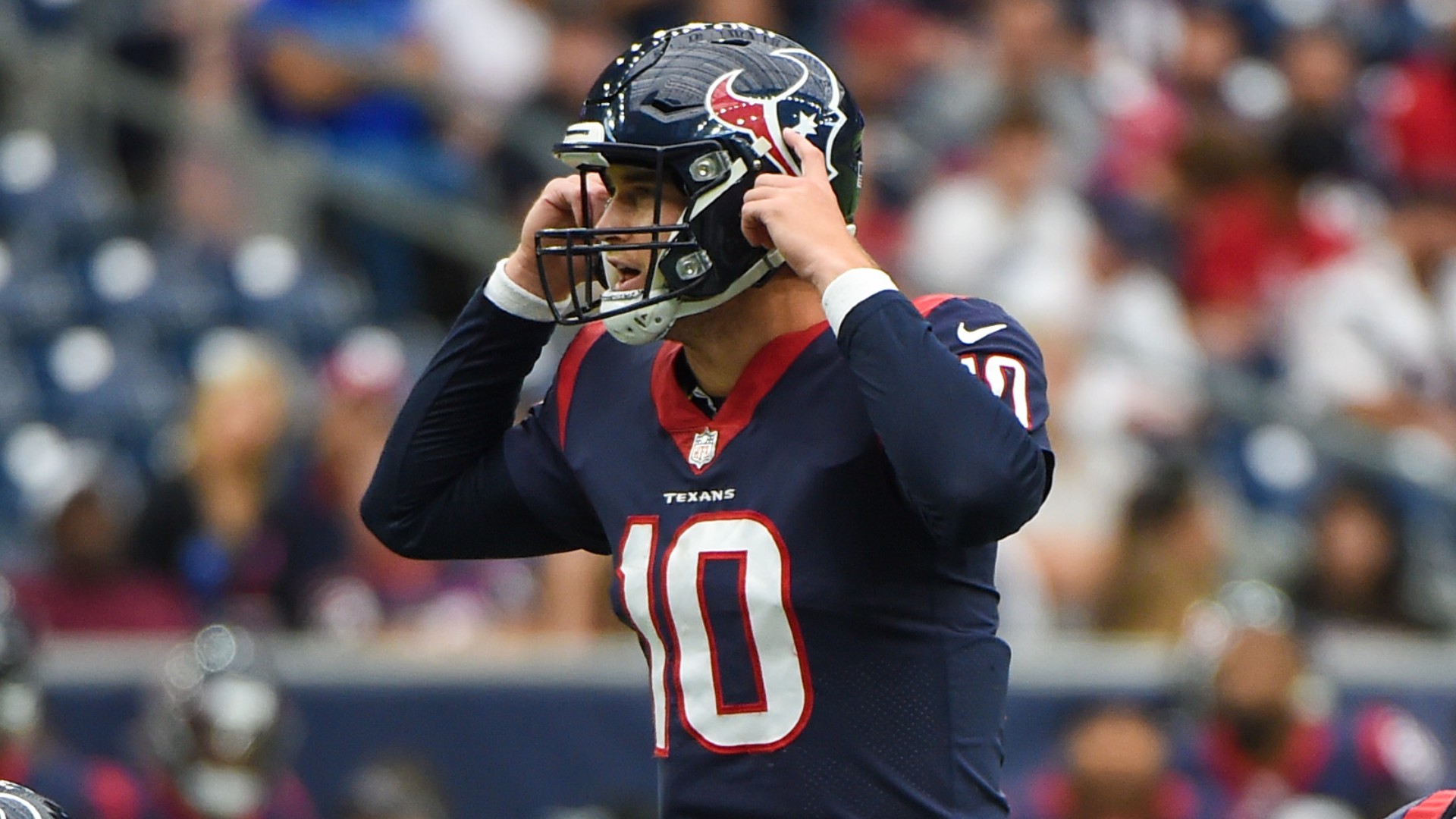
Davis Mills: B-
Stats: 13 games (11 starts), 2,664 yards, 16 touchdowns, 11 turnovers (10 interceptions, one fumble), 204.9 yards per game, 88.8 passer rating. 18 rushing yards.
What was good
The Texans taking something of a flyer on Mills in the third round was a savvy move: With the uncertainty surrounding Deshaun Watson and Tyrod Taylor a stopgap passer, Mills got an opportunity and didn’t really let it go.
Mills graded out as the rookie class’s best deep thrower per PFF (89.4 grade) with six touchdowns deep. A rookie that isn’t afraid to throw deep and allow plays to develop is a good sign for future progress. Mills was also good at extending plays and throwing outside the pocket, though that’s not a focal point of his game.
Over his last five games, Mills finished with nine touchdowns to two interceptions, for a passer rating of 102.4. That’s a good base to build on for next season.
What was bad
Mills’ 7.8 average depth of target (ADOT) was the lowest of any of the QBs on the list, meaning he didn’t exactly push the ball deep with consistency in 2021 (even though he did make due on those opportunities). He attempted just 42 deep passes, the lowest among the rookie QBs.
On top of that, his 4.3 turnover worthy play rate was the worst among passers, tied with Trey Lance. Lance, though, had a much smaller sample size this year.
Does that mean that Mills’ season was more smoke-and-mirrors? Potentially — but there’s enough promise there to build on heading into Year 2.
What’s next
With a weaker QB class in 2022 and Houston likely trading Watson for big-time draft capital sooner rather than later, Mills likely earned himself a second try at QB next season.
There’s also the looming question of what fate may await David Culley; with the Texans in a holding pattern, Mills’ fate could directly tie in to what the potential next head coach may think of his future prospects.

Trey Lance: Incomplete
Stats: Six games (two starts), 603 yards, five touchdowns, two interceptions, 100.5 yards per game, 97.3 passer rating. 168 rushing yards, one touchdown.
What was good
The promise is there for Trey Lance. We just haven’t seen enough of him.
With the 49ers devoted to Jimmy Garoppolo in 2021, Lance got a very limited amount of snaps, starting just two games and appearing in a few others with just a handful of snaps.
What we saw that was good: Arm strength, physicality, not afraid to truck a defender or two on his way to the sticks. Really, all the things that the Niners drafted him for.
What was bad
Lance will need to learn to be more decisive with the ball, an issue that was especially apparent in his Week 17 start vs. Houston. While Shanahan has done well to use some of his skills to the offense’s advantage, Lance has to work on his ball placement and anticipation to really get to the next level in 2022.
What’s next
The biggest question for Lance is what will become of Jimmy Garoppolo, and how much of the offense Kyle Shanahan will be willing to change to cater to Lance’s skillset.
With San Francisco’s offense not exactly lending itself to Lance’s unique talents, it’ll be interesting to see how much of the playbook Shanahan changes to incorporate a little bit more of what Lance does well: Run and throw deep.
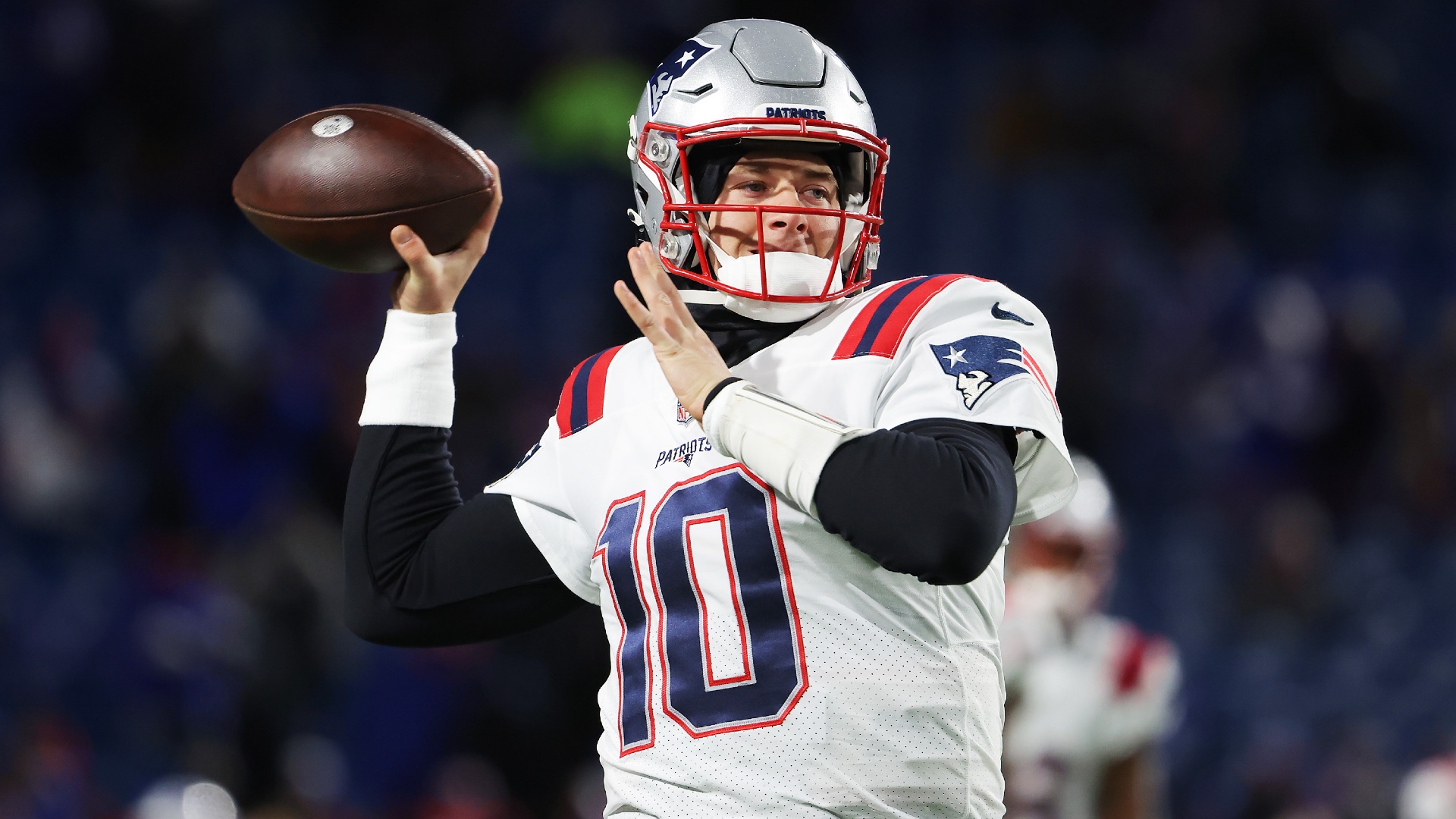
Mac Jones: A-
Stats: 17 games (17 starts), 3,801 yards, 22 touchdowns, 13 interceptions, 223.6 yards per game, 92.5 passer rating. 129 rushing yards.
What was good
What is there to be said? Jones and the Patriots were the perfect pairing. That showed all throughout the 2021 season.
Maybe fans should have seen it coming when the Patriots decided to sign two top-end tight ends in free agency — tight ends are a rookie quarterback’s best friend — further devoting to the things that Jones does well: Throw short, throw quick, find the open guy and move the chains.
And who said Jones can’t throw deep? While he made his living in the short and medium-range game this year, Jones’ 58 deep-throw attempts ranked second in the class behind Trevor Lawrence (62) and has 19 big-time throws in that range — the most of any of the quarterbacks in the class.
What was bad
Unsurprisingly, Jones faced most of his issues when he was under pressure. That’s something that he shares with pretty much every other quarterback in the NFL.
While Jones’ arm strength isn’t an issue, there’s room for growth there, too: A full offseason of an NFL strength and conditioning program will definitely help, while Matt Cassel points out that there are certain mechanical things that Jones can work on to help him, too.
What’s next
The Patriots offense is already pretty readymade for Jones. There’s a good chance that Bill Belichick will add more outside help to cater to Jones’ underneath, middle-of-the-field skillset.
What’s really next? Another Patriots dynasty, probably.


